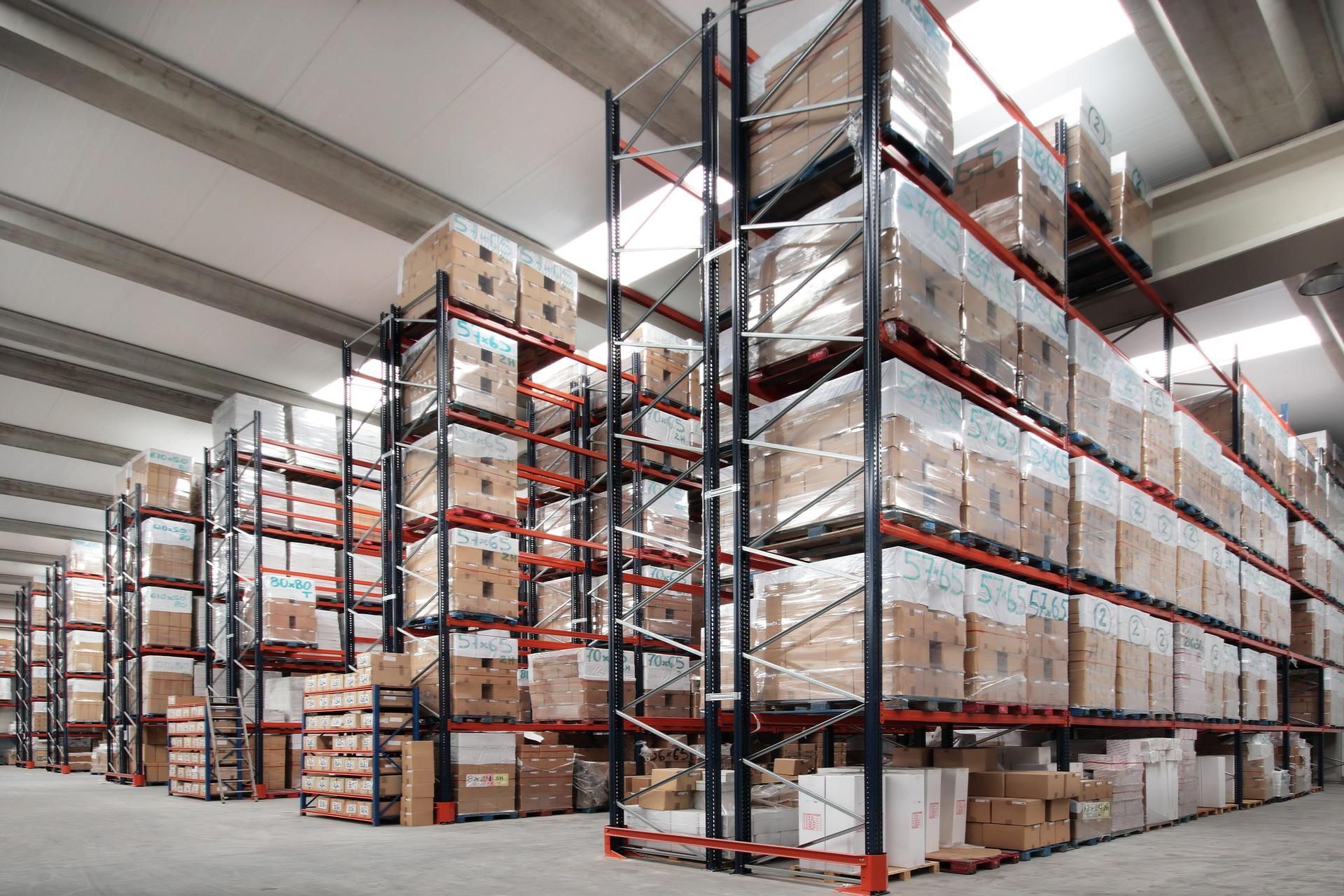Ensuring Quality And Safety: The Importance of Food-Grade Warehousing
In the realm of food industry logistics, maintaining the quality and safety of products is paramount. This responsibility extends beyond production and transportation to include the storage of food items. Food-grade warehousing plays a vital role in preserving the integrity of perishable goods, preventing contamination, and adhering to stringent regulatory requirements.
In this blog post, we will delve into the significance of food-grade warehousing and explore the essential practices and considerations necessary to ensure the highest standards of quality and safety.
Meeting Regulatory Compliance
Food-grade warehousing is subject to a myriad of regulations and standards imposed by food safety governing bodies. These guidelines outline the specific requirements for handling, storing, and distributing food products. Compliance with these regulations is crucial for avoiding penalties and recalls and, most importantly, safeguarding consumer health.
A food-grade warehousing facility prioritizes adherence to regulations such as the AIB (American Institute of Baking) safety requirements and guidelines. Implementing comprehensive quality management systems, rigorous documentation, and regular inspections are key to maintaining compliance and upholding the highest food safety standards.
Incorporating Facility Design and Infrastructure
Food-grade warehousing necessitates a purpose-built facility designed to meet the unique demands of food storage. The facility layout incorporates separate areas for different temperature zones, such as refrigerated, frozen, and ambient storage. Temperature and humidity control systems must be in place to prevent spoilage, microbial growth, and the formation of condensation. Adequate ventilation, proper lighting, and hygienic finishes are also essential elements of the facility design.
To prevent cross-contamination, food-grade warehouses have dedicated areas for different product categories and take precautions to avoid mixing allergens. Implementing a well-organized racking system, with clear segregation of products, helps minimize the risk of contamination and facilitates efficient inventory management. The warehousing facility also has proper waste management protocols in place to prevent the accumulation of refuse and potential pest infestations.
Observing Hygiene and Sanitation Practices
Maintaining strict hygiene and sanitation practices is paramount in food-grade warehousing. Thorough cleaning procedures are established and followed diligently to eliminate the risk of bacterial, fungal, or viral contamination. Regular sanitization of equipment, utensils, and storage areas is performed using appropriate food-safe cleaning agents.
Staff training and education play a vital role in upholding proper hygiene practices. All employees receive comprehensive training on personal hygiene, including handwashing techniques and the use of personal protective equipment (PPE), such as gloves and hairnets. Strict protocols are in place to prevent unauthorized personnel from accessing storage areas, reducing the potential for intentional tampering or contamination.
Implementing Traceability and Quality Control
Traceability is a fundamental aspect of food-grade warehousing. Robust inventory management systems are implemented to track incoming and outgoing products, recording crucial information such as lot numbers, expiration dates, and batch codes. This enables swift identification and removal of potentially compromised products during recalls or quality issues.
Regular quality-control checks, including inspections, sampling, and testing, are conducted to ensure product integrity. Implementing a Hazard Analysis Critical Control Point (HACCP) system is highly recommended to identify and control potential hazards at critical stages of the storage process. These proactive measures help identify risks and prevent potential contamination before it reaches consumers.
The journey from the farm to the table is a complex one that is fraught with many challenges. But the advent of modern food-grade warehousing practices ensures that the journey is navigated with the utmost care for quality and safety. This makes it not just a logistical endeavor, but a promise of good health delivered to consumers.
No matter if you are a small or large company, if you need food-grade warehousing, contact Thunderstone Logistics to work with a logistics team that you can trust.
CONTACT INFORMATION
BUSINESS HOURS
- Mon - Fri
- -
- Sat - Sun
- Closed
PAYMENT METHODS





OUR WAREHOUSE
Phone: (314) 783-7335
Email: mike@thunderstonelogistics.com
Locations:
1555 Tradeport Dr, Suite 400
Hazelwood, MIssouri 63042
CONTACT INFORMATION
Phone: (417) 354-8630
Locations:
16287 US Hwy 60
Verona, Missouri 65769
1555 Tradeport Dr, Suite 400
Hazelwood, MIssouri 63042
BUSINESS HOURS
- Mon - Fri
- -
- Sat - Sun
- Closed
PAYMENT METHODS





OUR LOCATION






